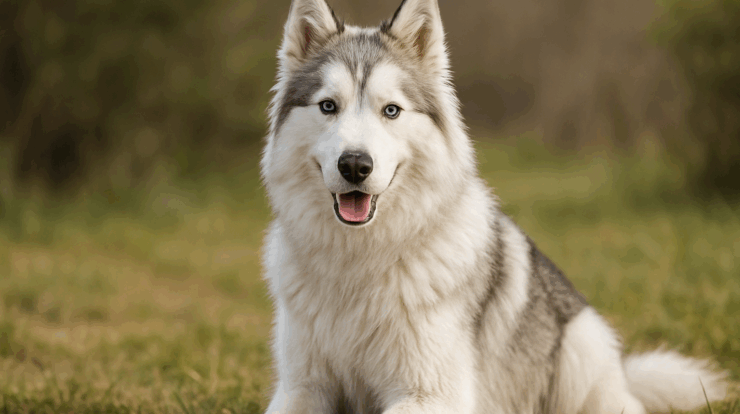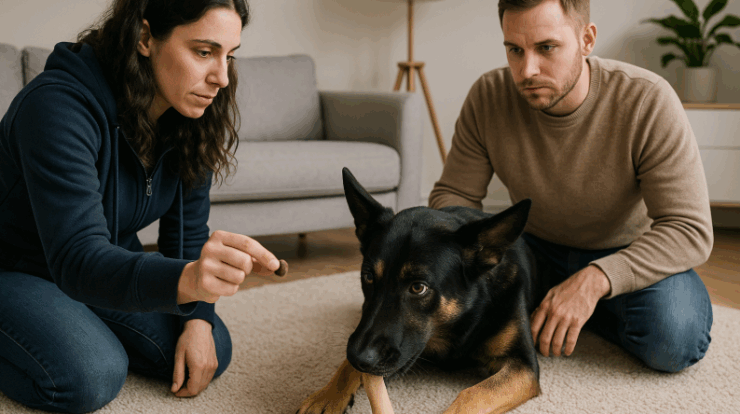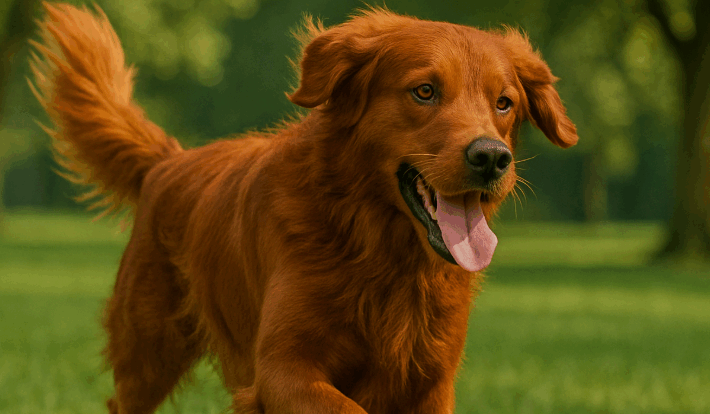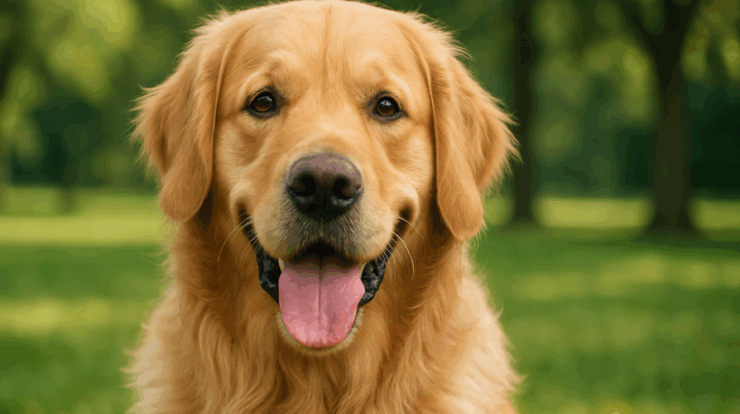Knowing Why Your Dog Started to Have Dry Paws in First Place
You might not consider their paws when you see your furry best buddy sprinting across the backyard. But with those dry dog paws? They are not only a cosmetic matter. On the paw pads, cracks, roughness, and flakiness point to underlying problems or environmental variables compromising your dog’s comfort. Dogs can suffer from dry, cracked paw pads from weather, chemicals, and even allergies, much as we get chapped lips in winter or callused hands after hard labor. First step toward getting your dog back to paw-fection is knowing what causes those dry dog paws.
Typical reasons behind those rough and dry dog paws
Dry dog paws do not suddenly show up. Often the offenders are severe weather, ranging from hot summer pavement to frozen walk-throughs in winter. Your dog’s paw pads may be getting more wear than you might think if they like lengthy walks or running over uneven ground. Indoor risks also exist; cleaning products, salt, and chemicals used on flooring can cause damaged, inflamed paw pads. Another silent cause to dry dog paws are allergies, particularly if you find your dog licking their feet too often. Finding the basic reason will enable you to stop the issue from reoccurring.
The Alert Signs of Very Dry Dog Paws
Not all dry dog paws are made equal. While some may only be a little harsh, others may break so profoundly they bleed. Your dog is dealing with a more major problem if its paws feel like sandpaper, show fading in color, or show obvious fissures. If their dry dog paws hurt significantly, some dogs may limp, cry, or try to avoid walking entirely. Regular paw inspections following walks or outdoor play are crucial for early diagnosis of symptoms before they become infections or other health problems.
At Home Natural Remedies You Should Try for Dry Dog Paws
Think about some natural solutions to help those dry dog paws before hurrying to the veterinarian. Among dog owners, coconut oil is a favorite since it moisturizes, antifungal, and antibacterial agent. Before bed, just gently massage a bit into your pup’s paws. Powerful natural moisturizers that help cracked pads heal include also vitamin E oil and shea butter. For regular use, you may even create a hand-made paw balm from calendula, olive oil, and beeswask. Without any strong chemicals, these mild, natural remedies can provide dry dog paws much-needed relief.
The Health of Your Dog’s Paws: Diet and Hydration
Your dog is what you eat; same is true of you. Your pup’s dry dog paws may exhibit signs of dehydration or lack of important fatty acids from their food. For skin and coat health—including the delicate paw pads— omega-3 and omega-6 fatty acids are absolutely essential. Make sure your dog always has access to fresh water; think about changing to a food brand high in healthy fats or adding fish oil pills. Often, especially in those scaly or dry dog paws, bettering internal wellness shows externally.
When should one discuss dry dog paws with the veterinarian?
Sometimes those dry dog paws indicate underlying medical problems, not only a cosmetic concern. See your veterinarian if you have tried natural therapies, changed your dog’s diet, and avoided strong chemicals without results. Never overlook persistent dryness, swelling, bleeding, or symptoms of infection like pus or bad odor. Your veterinarian might advise medicinal ointments or look at possible autoimmune disorders. Trust your gut; if your dog is in agony, dry dog paws call for expert treatment.
How Environmental Conditions Create Dry Dog Paws
Consider how your own skin feels after stepping into snow without boots or barefoot on heated asphalt. Every day dogs live through those same environmental extremes. While salt used on ice sidewalks in winter can be somewhat drying, pavement during a summer heat wave can burn their pads. One also has to consider household cleaning products and lawn chemicals. Starting with booties or paw wax to guard their sensitive pads, shielding your dog from these elements is crucial to avoiding dry dog paws.
Superior Commercial Balms & Creams for Treating Dry Dog Paws
Though not all of the paw balms and lotions meant to cure dry dog paws are made equal, the pet industry is overflowing with them. Search for items with natural components such shea butter, coconut oil, and beeswaskin. For a reason—they’re safe, effective, and dog-approved—brands like Musher’s Secret or Paw Soother have garnered cult following. Always look for allergens; avoid anything with artificial perfumes or alcohol since they aggravate dry dog paws more. Over time, a good balm used regularly can do miracles.
Signs Indicating Healing of Dry Dog Paws
Good news: you’ve been treating your dog’s paws, and right now you’re wondering whether it’s working. Good indicators that those dry dog paws are healing are softening texture, reduced licking or biting, and obvious reduction in cracks. Some dogs improve within days, particularly if the source was something environmental. Maintaining the course of treatment, keep observing the surroundings. Dry dog paws need constant care to keep that healthy suppleness, same as our hands need regular lotion in winter.
Daily Routines to Stopper Dry Dog Paws from Returning
Consistency is essential. You want to avoid spending all the time treating those dry dog paws only to find them cracked once more. First start with daily inspections, particularly following outside walks. To get dirt or chemicals from their paws, gently moisten a soft, clean towel. Use balm often and check your pup’s nutrition is in line. Think about dog boots if they are heading outside during severe storms. Once damage is done, it is significantly more difficult to prevent dry dog paws than it is now.




